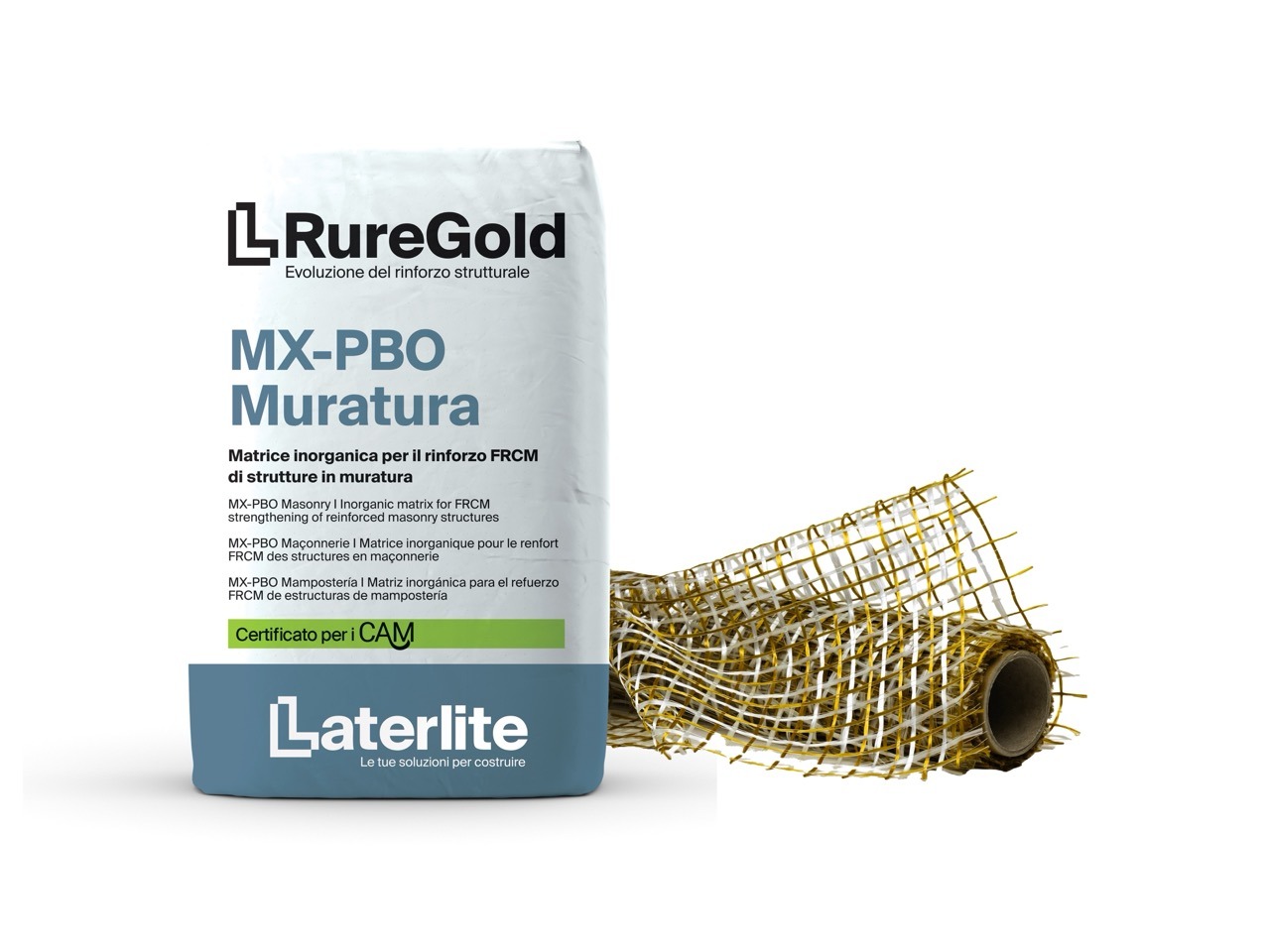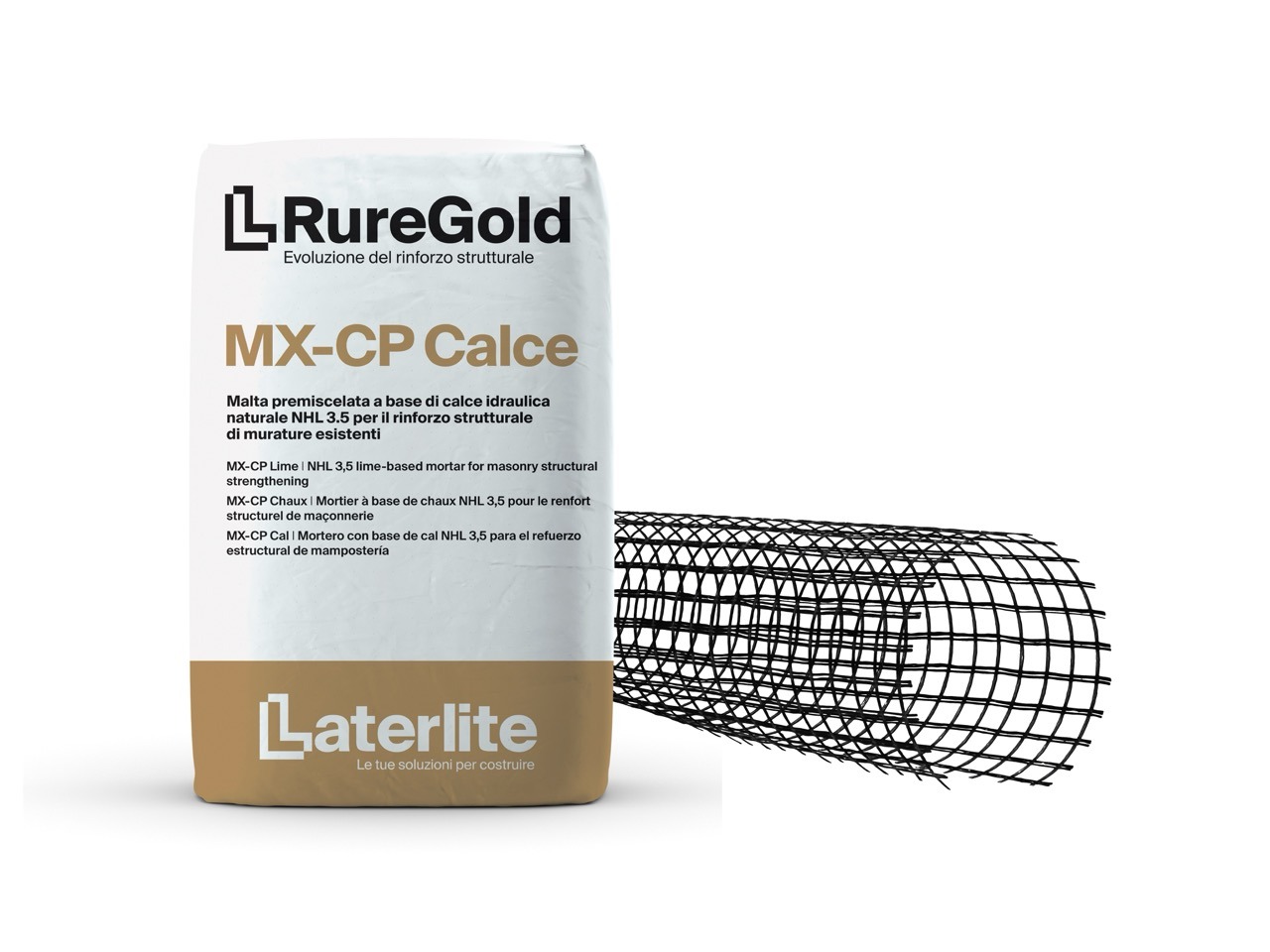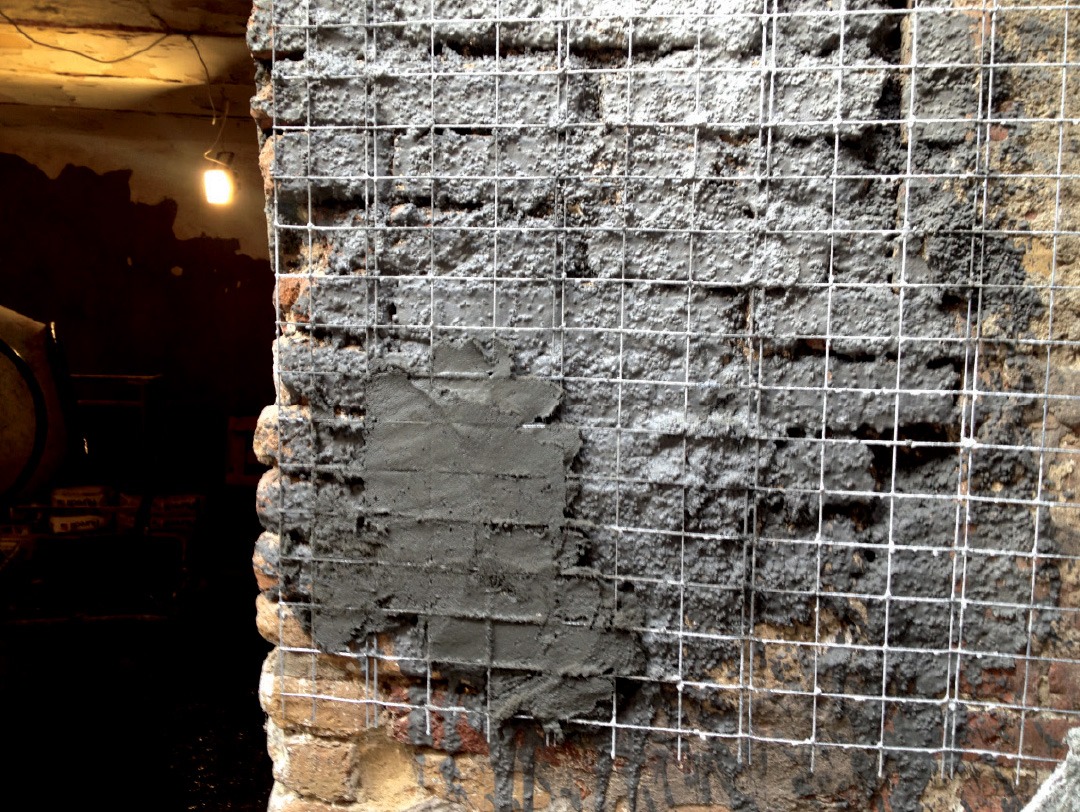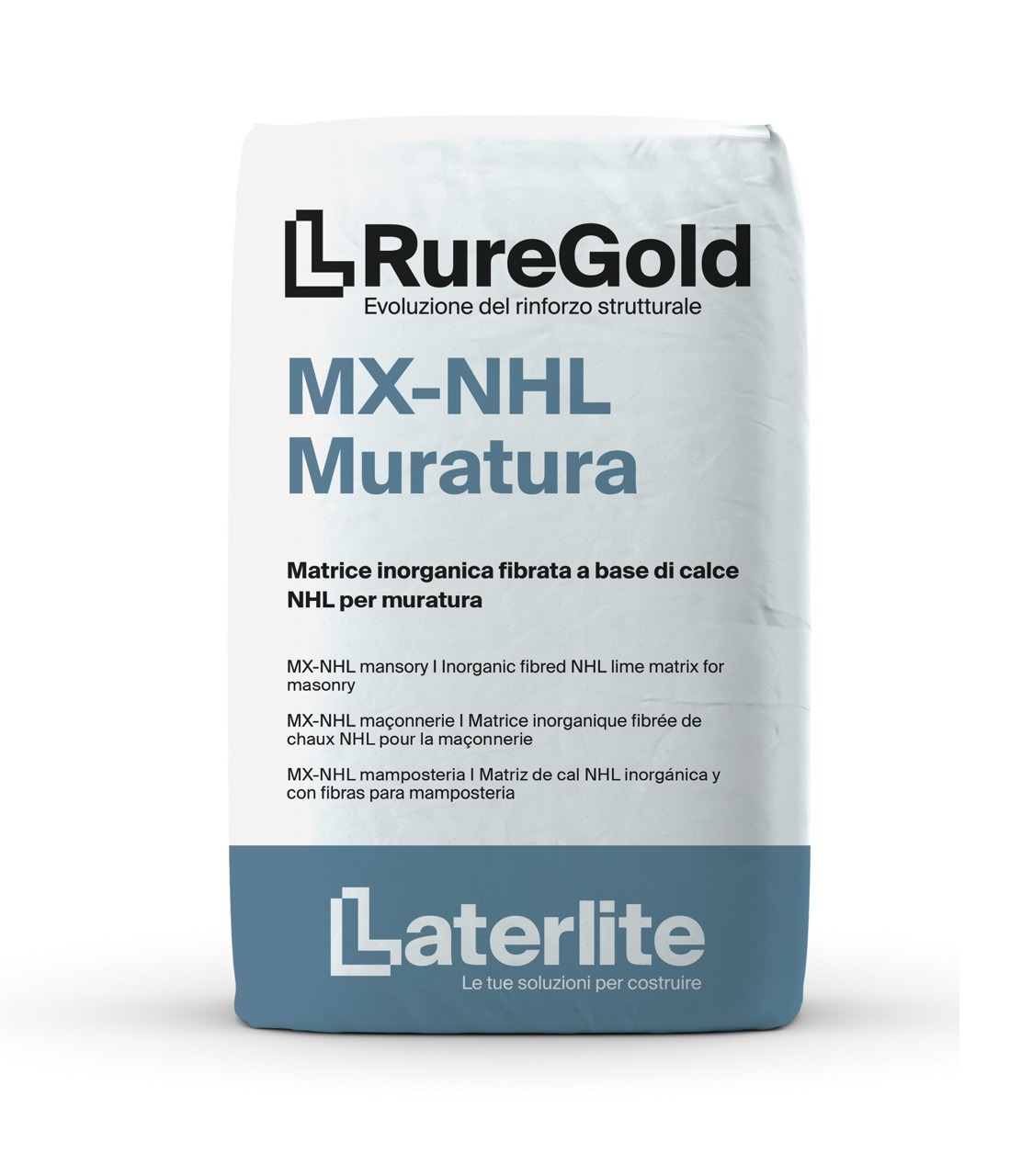Wall anti-overturn protection
Systems for securing slabs and architectural surface coatings.
Anti-overturn protections for internal and external infill walls.
During an earthquake, seismic activity affects the building in all directions, also subjecting non-structural elements to stress (initially the external infill walls and subsequently the internal ones), causing them to overturn or be expelled from the building envelope, putting people's lives at risk. The 2018 NTC (Technical Construction Regulations) also focus on the design of non-structural elements that, "while not affecting the structural response, are equally significant for the safety and/or security of people" (see § 7.2.3 Ministerial Decree 2018).
Depending on the degree of solidarity with the structure, when subjected to seismic activity infill walls may manifest the following collapse mechanisms:
A) Infill wall overturning;
B) Infill wall expulsion.
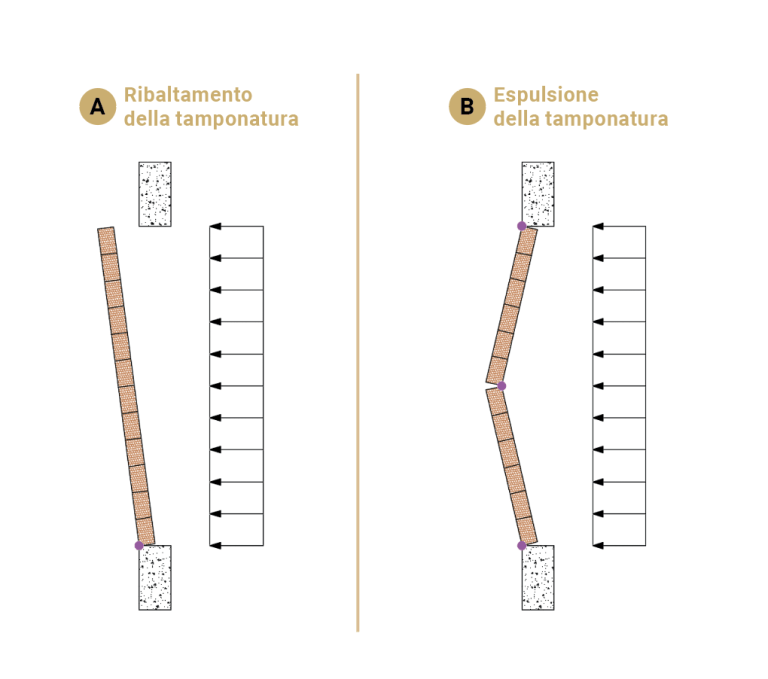
● INFILL WALL OVERTURNING
This mechanism involves the rigid rotation of the infill wall around the horizontal hinge at the base, which forms due to the actions of out-of-plane stresses. For this mechanism to occur, the wall must be free to move at the top and not be sufficiently restrained to the walls perpendicular to it (or the perpendicular walls must be weakened). To avoid the risk of overturning, internal and external infill walls are secured to the structural frame using Ruregold meshes and connectors.
● INFILL WALL EXPULSION
When the infill wall is integral with the surrounding frame, a three-hinge arc-type collapse mechanism may occur due to concentration of the flexural capacity in the centreline section. This mechanism may occur when the infill wall is constrained between two slabs so that the presence of a connection device at the top prevents the wall from tipping outwards, resulting, instead, in a bulge between the two affected planes (which degenerates into three-hinge arc kinematics). The external infill wall is secured by applying Ruregold meshes and connectors arranged in a diffuse or trellis configuration, as necessary.


Ruregold solutions
Ruregold offers a range of solutions, depending on the specific construction and design requirements:
• 10/10 g/m2 biaxial PBO mesh (PBO-MESH 10/10) with MX-PBO mortar Masonry and PBO-JOINT connectors (and corresponding MX-JOINT mortar).
• 42/42 g/m2 biaxial carbon mesh (C-MESH 42/42), with MX-C 25 Masonry mortar and C-JOINT connectors. (and corresponding MX-JOINT mortar).
• Basalt fibre mesh (B-MESH 200), with MX-RW High Performance mortar /MX-CP Lime /MX-15 Plaster /MX-C 25 Masonry /MX-PBO Masonry and B-JOINT connectors (and corresponding MX-JOINT mortar).
• Electrowelded, highly galvanised steel mesh (STUCANET SN MESH) with MX-RW High Performance mortar/MX-CP Lime/MX-15 Plaster
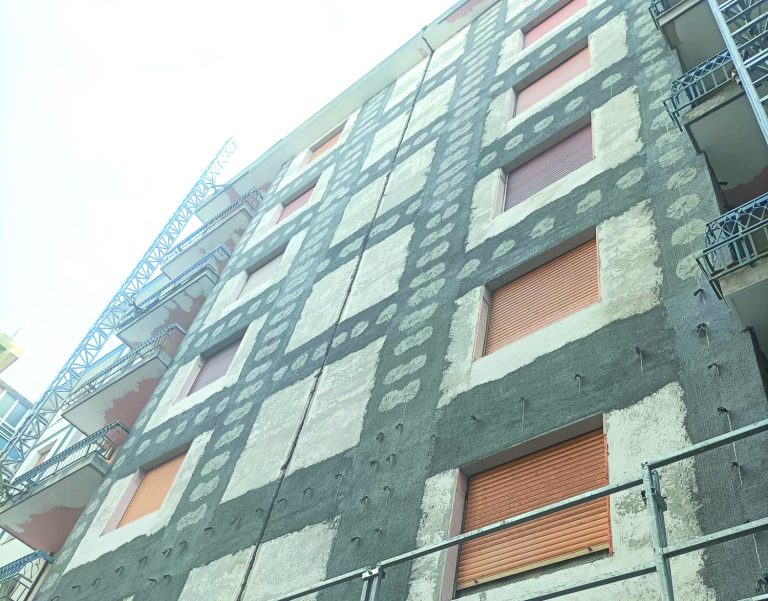
Verification of infill walls in accordance with Italian Ministerial Decree 2018
As has already been noted, the 2018 Technical Construction Regulations pay particular attention to the design of non-structural elements, since such elements may still collapse and compromise the overall safety of structures.
The checks on the non-structural elements required by Italian Ministerial Decree 2018 are illustrated in the following Table 7.3.III, depending on the class of use of the building (CU I, CU II, CU III, as defined in § 2.4.2) and the limit state taken into account. It can be seen that, for non-structural elements (indicated as "NS"), stability checks (indicated as "STA"), are necessary only for classes of use from 2 to 4 (meaning that only structures with the occasional presence of people and agricultural buildings are excluded) and only as far as regards the Life Safety Limit State (LSLS).

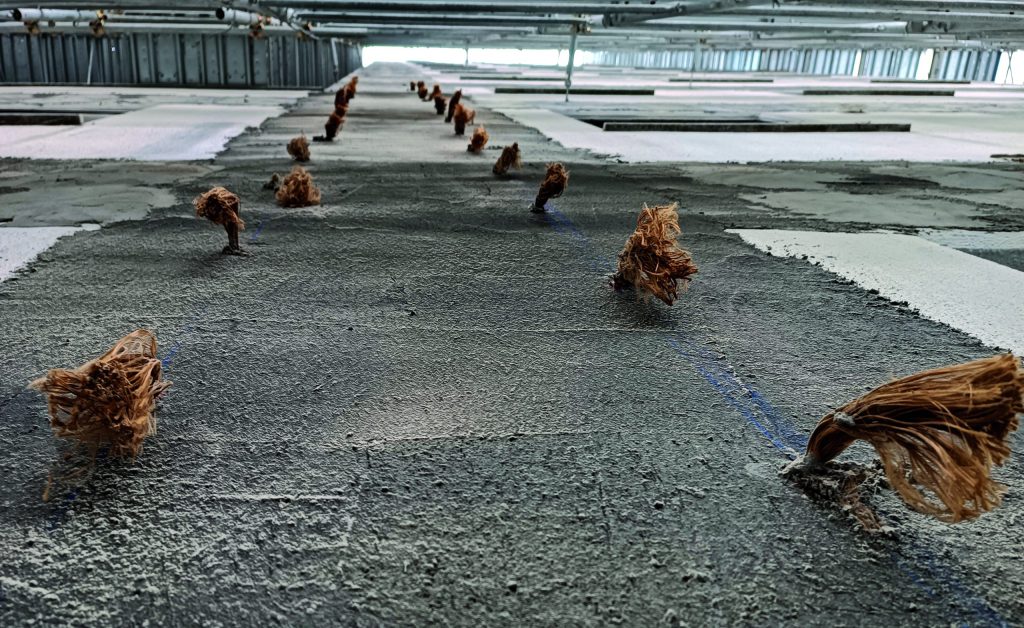
Damage control (at the Damage Limit State (DLS), or, if requested, at the Operating Limit State) on non-structural elements, as clarified at § C7.3.6.2 of the 2019 Explanatory Circular to the Italian Ministerial Decree of 2018, is not the subject of a specific verification, as it is already guaranteed by compliance with the checks on the containment stiffness of the relative plane displacements, as per § 7.3.6.1 for structural elements. If it is necessary to carry out stability checks, § 7.3.6.2 of Italian Ministerial Decree 2018 requires that the non-structural element is not "expelled" under the equivalent seismic action (identified as Fa).


